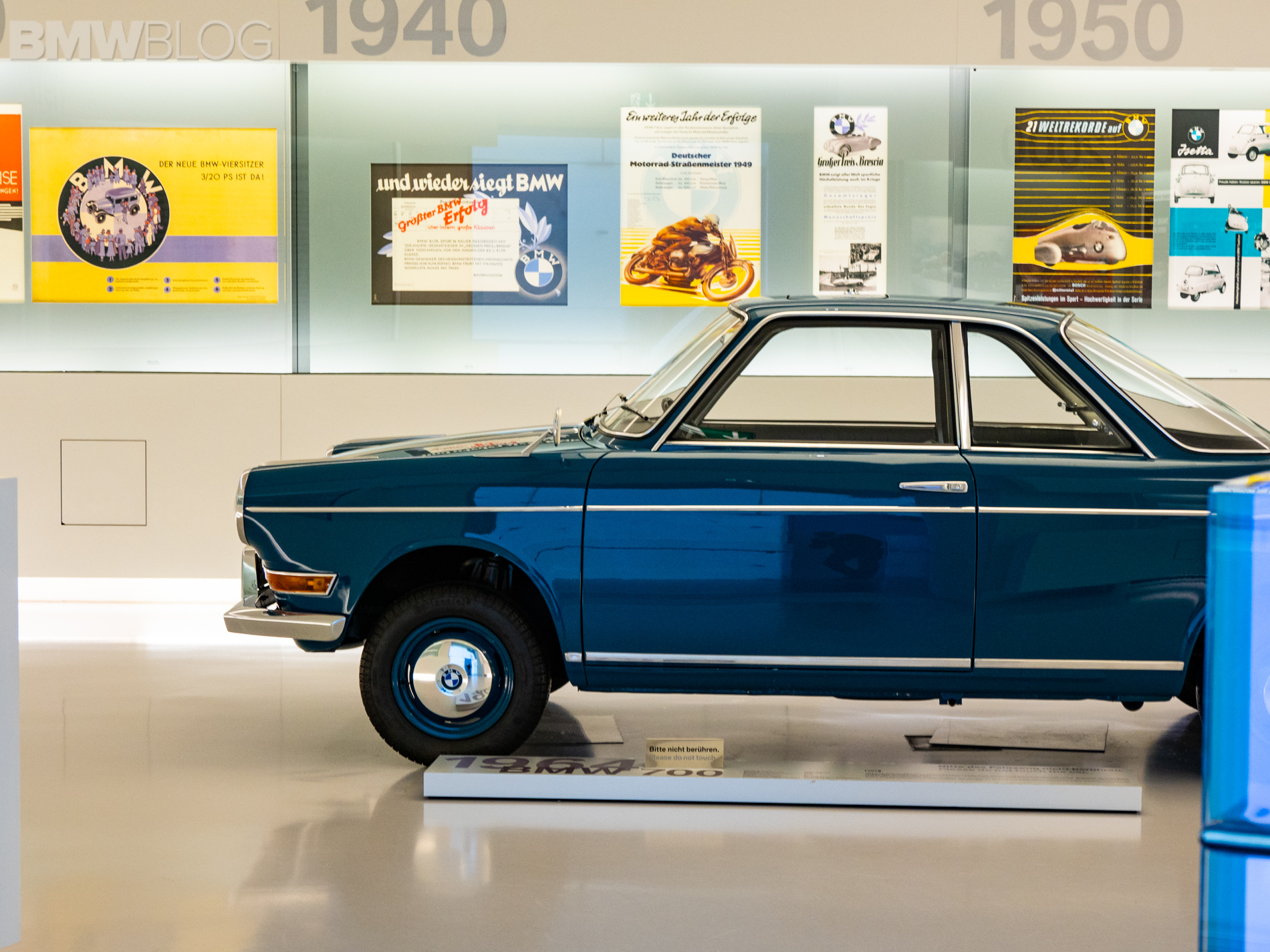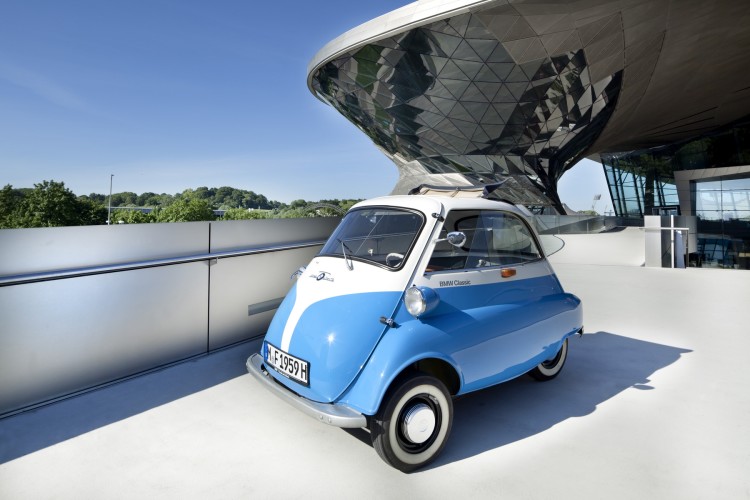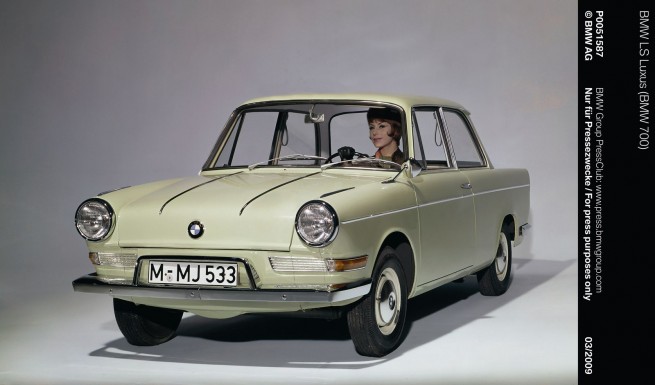For BMW, the post-war era meant tormented times and a constant race to reinvent and rediscover its own way in the automotive industry. Even though Germany emerged as a defeated country after World War II, the 1950s decade can be pictured as a flourishing and exuberant period for the German industry and society.But while the country’s economy was growing, BMW was in the middle of a crisis, struggling to find its identity in a very competitive automotive landscape.
In the late ’50s, BMW was faced with bankruptcy. The peak moment of the crisis was in 1959. The iconic constructor from Munich was underperforming financially and its model lineup could not cope with other market competitors in terms of profitability and customer appeal.
Although some of its upper-end models were highly visionary and ahead of their times, like the 501 luxury limousine, the 503 premium 2+2 Gran Turismo and the 507 Roadster, BMW was in the midst of financial crisis . The latter models, although catering to the upper echelon, were not bringing in enough profitability margins to make up for the ever-increasing production costs and creditors’ pressure.
The market was simply not enough and well prepared for such type of vehicles. In addition to the 501 – 503 – 507 triplet, BMW was also producing mass-market, rather low-cost models. The BMW 500 2-seater, or better known as the Isetta, was a micro-car produced under license, with a pretty interesting architecture with two visible wheels at the front and two smaller wheels for the rear axle. Access in the vehicle was made through the frontally placed door.
The Isetta was also offered in a 4-door version known as the BMW 600. Besides the 500 and 600 models, starting with August 1959, BMW also started producing the BMW 700, available as 2-door sedan, coupe and convertible. This model could be described as an economy car and it became very popular in a time when BMW was close to financial ruin. It also paved the way to the BMW Neue Klasse, which was premiered in 1962.
Coming back back to the late ’50s turmoil, BMW was faced with sluggish premium seller and mass market cars which could not bring the desired profit. On December 9th, 1959, the Annual General Meeting of BMW was to become the pivotal point of the revival for the Munich constructor.
News was spreading rapidly in the German press that BMW was very close to going bankrupt and the financial market was both cautious and willing to witness the outcome of the crisis. The brand has been fairly close to completely losing its identity if there were not for some brave men to withstand the current. The grim prospect of being sold to Daimler-Benz AG was simply too much for the shareholders to accept.
An offer for complete takeover and cash infusion was on the table and would have eventually expired on the same day of the Annual General Meeting at BMW. Several substantial shareholder representatives expressed their negative opinion on the current management potential to led the company out of the crisis, but also shared their true and full confidence in the brand. One of them was Mr. Erich Nold, a representative for the small shareholders’ group.
During his speech, he is recorded to have said nothing less than “Step down!” while addressing to the then-current management and supervisory board who have led BMW close to failure. What’s more, during the 10-hour intense debate it was discovered that the management intentionally made an accounting artifice to mask the BMW 700 model series development costs on the 1958 balance sheet, to the detriment of the shareholders.
Another key figure which was instrumental in the rejection of the Daimler-Benz takeover was Herbert Quandt, a German industrialist, who managed to increase its share in BMW up to 50% and paved the way for the development and launch of the BMW New Class in 1962. After the AGM 1959, at the pressure of workforce syndicates and union traders, he rejected the takeover proposal and starting pushing BMW into a new era.
The BMW 700 was a highly popular model for the economy segment of the market, being well known for its racing success. Until its demise in November 1965, more than 188,000 examples have been sold. The 700 also helped the transition to the upper class BMW 1500, which signaled the official entrance of BMW in the premium car market.
It took the ambition and daring vision of one man to completely revamp an ailing brand. Herbert Quandt is credited to have saved BMW from imminent disaster. Quandt is the one leader that helped the brand revive and become successful and powerful. He had the most faith in the new project of the BMW Neue Klasse models, which were developed from scratch and brought BMW the so desperately needed profit and recognition.
A little of today’s BMW success will be forever attributed to Mr. Herbert Quandt. BMW wouldn’t have been what it is today without his help.









































































